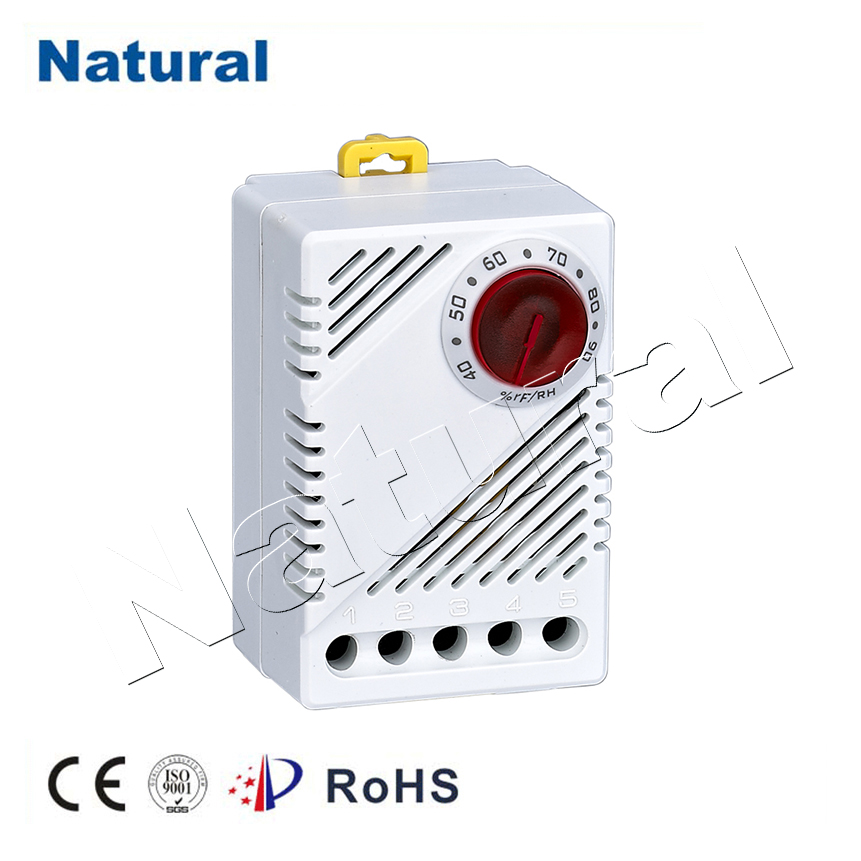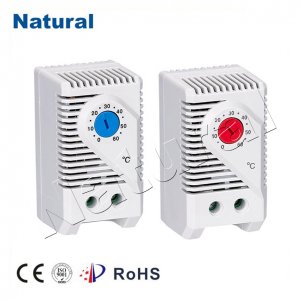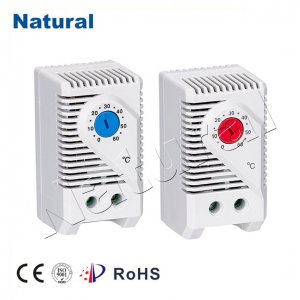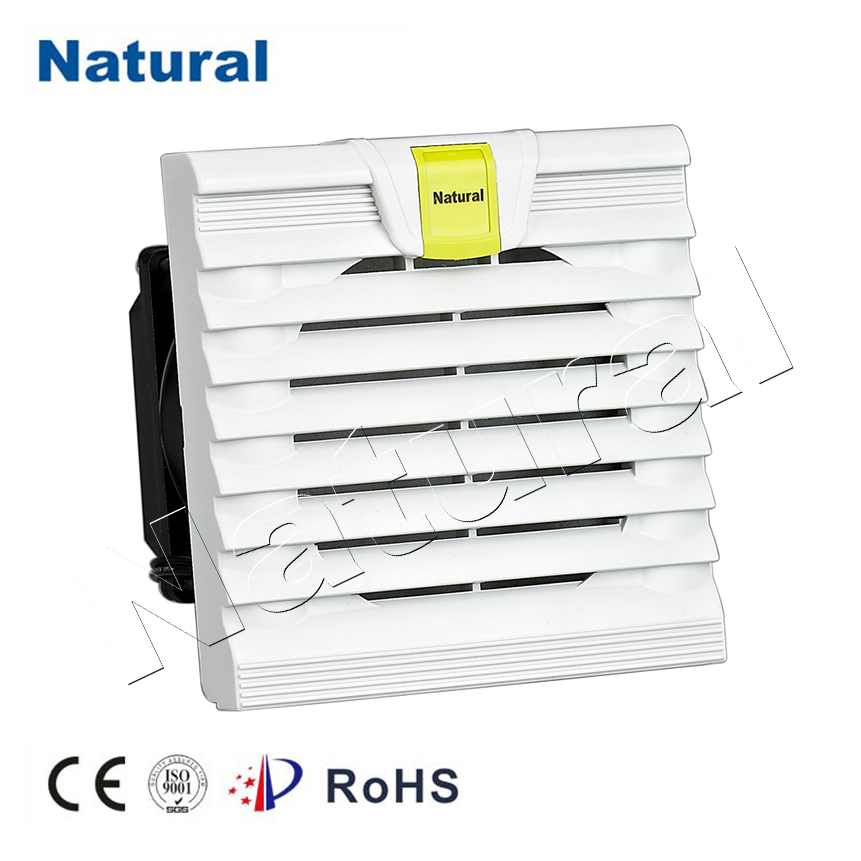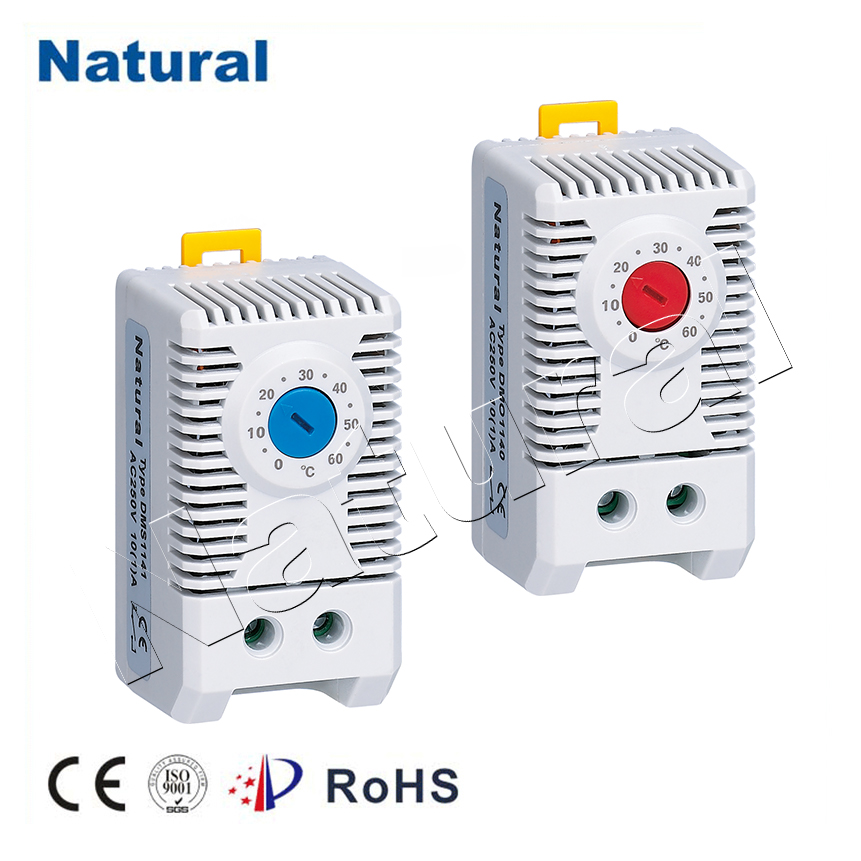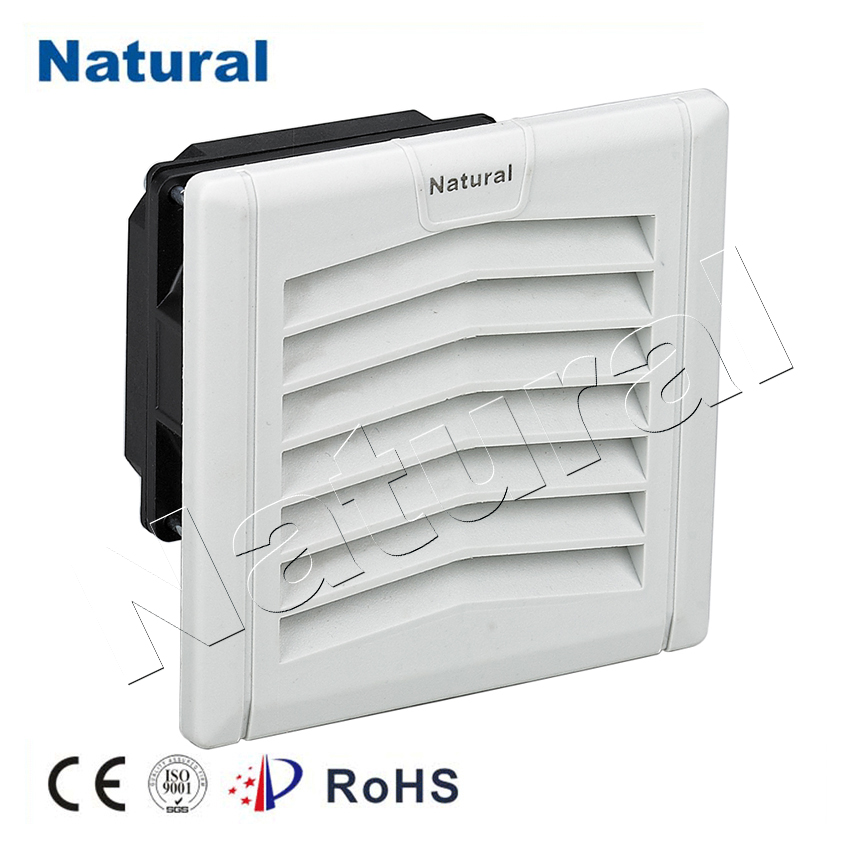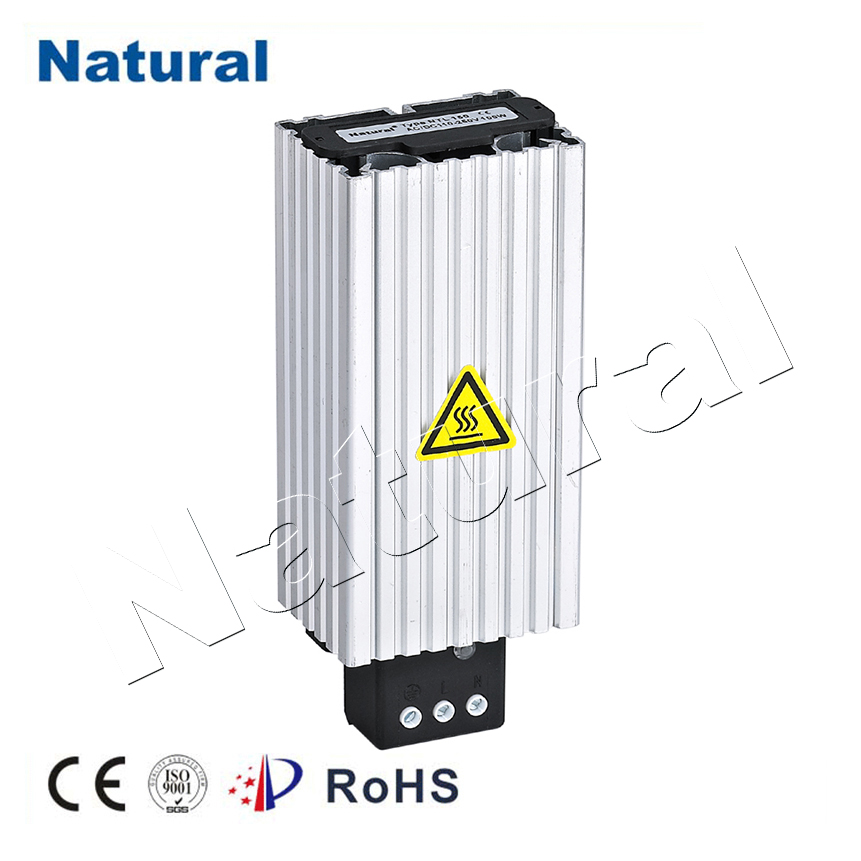Thermostat thermal protectors play a crucial role in various applications, ensuring the safe and efficient operation of electrical and mechanical devices. Among these protectors, the terms “normally open” and “normally closed” are frequently encountered but not always well understood. In this article, we will delve into the differences between normally open and normally closed thermostat thermal protectors, their applications, and their significance in protecting equipment from overheating and potential damage.
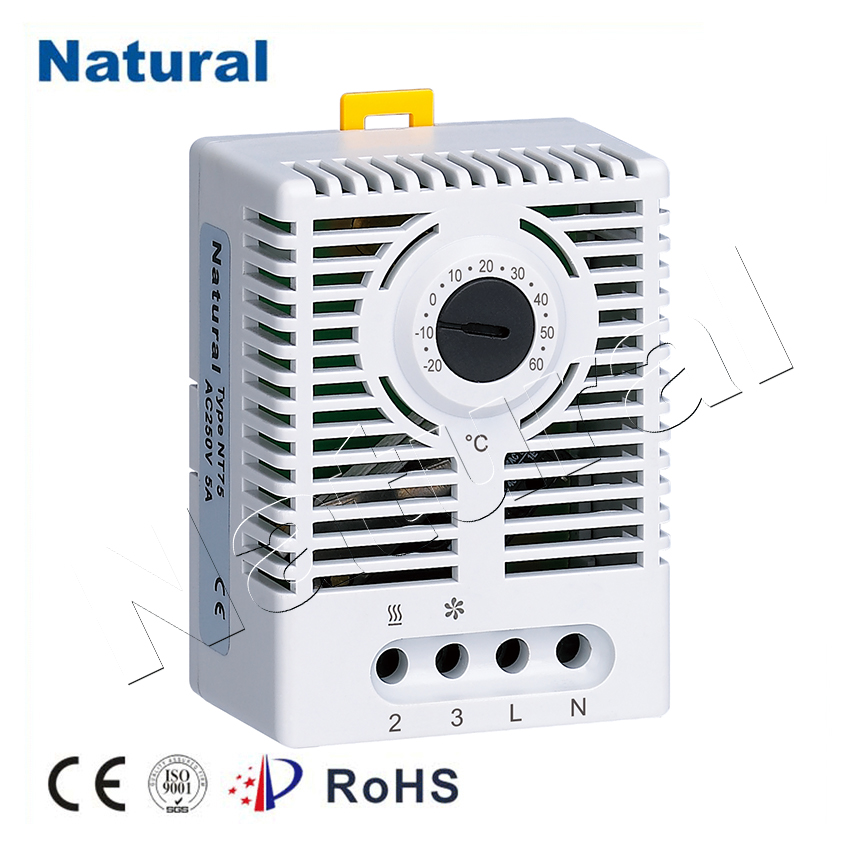
What is a Thermostat Thermal Protector? Before we explore the distinctions between normally open and normally closed thermal protectors, let’s establish what a thermostat thermal protector is. Essentially, a thermostat thermal protector is a temperature-sensitive device designed to interrupt electrical current when it detects excessive heat. This interruption helps prevent overheating and protects equipment from potential damage or fire hazards. Normally Open Thermostat Thermal Protectors A normally open thermostat thermal protector, as the name suggests, is in an open state when it’s not subjected to excessive heat. In other words, the electrical circuit is incomplete in its normal state, and current cannot flow through it. When the temperature reaches a predetermined threshold, the normally open thermal protector closes, allowing the electrical current to pass through and power down the device it is protecting. This action prevents the device from continuing to operate at high temperatures, averting potential damage. Normally open thermal protectors are commonly used in applications where it is essential to shut down a device when overheating occurs. Examples include electric motors, transformers, and heating elements. By interrupting the power supply when temperatures rise beyond safe limits, normally open thermal protectors act as a crucial safety mechanism. Normally Closed Thermostat Thermal Protectors On the other hand, normally closed thermostat thermal protectors operate in the opposite manner. These protectors are normally in a closed state, allowing electrical current to flow through the circuit when the device is operating within its safe temperature range. However, when the temperature surpasses the specified limit, the normally closed protector opens, interrupting the electrical current and shutting down the device. Normally closed thermal protectors are often used in applications where the default state should be “on” for the device. These protectors ensure that the device remains operational as long as it doesn’t exceed safe temperature levels. Common applications include refrigeration systems, home appliances, and automotive components. Selecting the Right Thermal Protector Choosing the appropriate thermal protector for a specific application is crucial to ensure the safety and longevity of the equipment. Factors to consider when selecting a thermal protector include the operating temperature range, response time, and the required state (normally open or normally closed). In conclusion, thermostat thermal protectors, whether normally open or normally closed, play a pivotal role in safeguarding equipment from overheating and potential damage. Understanding their operation and selecting the right protector for your application is essential. Whether you need a protector to shut down a device when it gets too hot or to keep it running until it reaches an unsafe temperature, these devices are indispensable for maintaining the reliability and safety of various electrical and mechanical systems.
